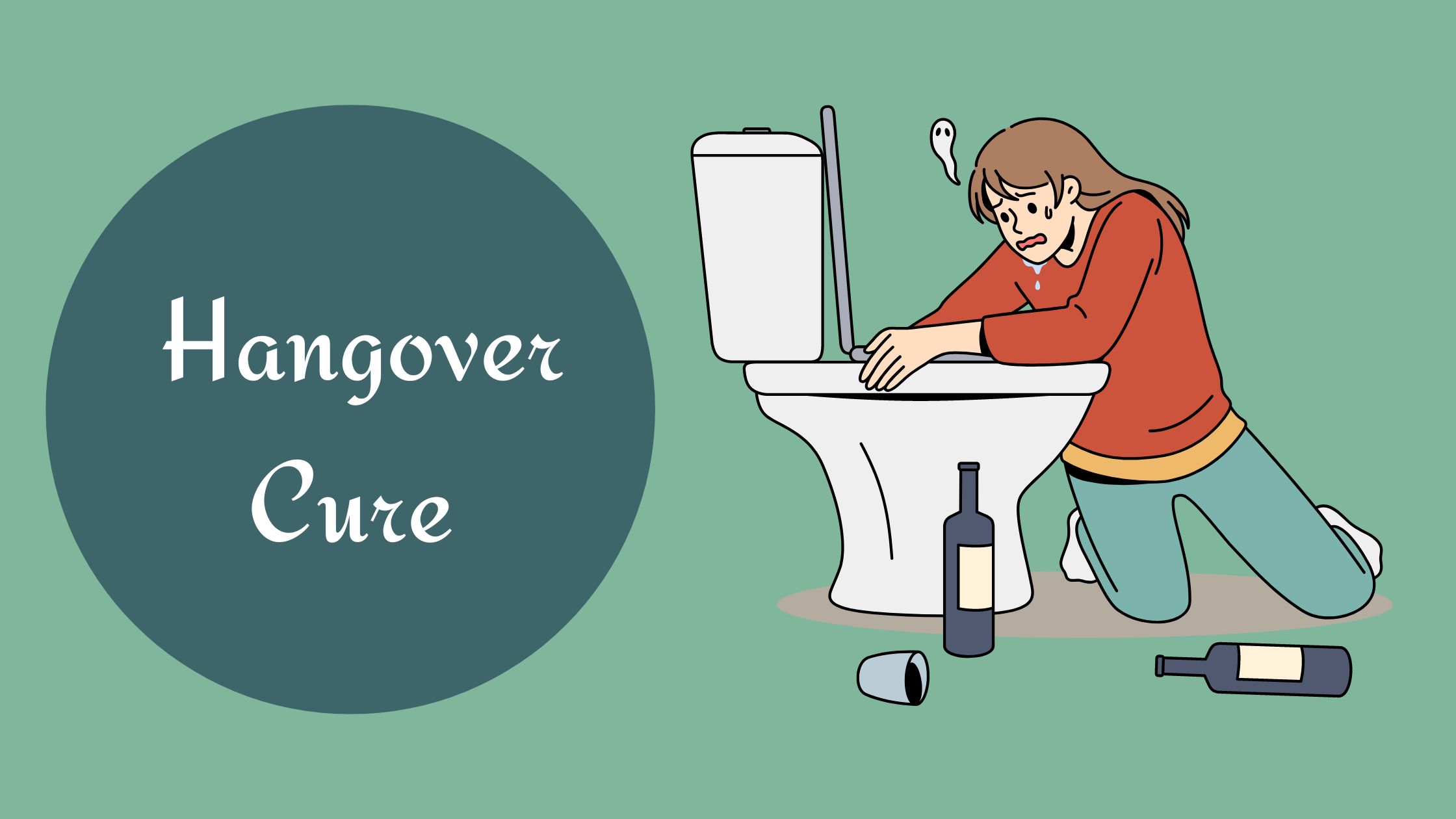How to Sleep with Lower Back Pain
Do you struggle with lower back pain? It’s a common issue that can make even the simplest of tasks feel like a challenge, and one of the areas it impacts the most is sleep. Statistics show that around 80% of adults will experience lower back pain at some point in their lives. It may be an isolated incident or a recurring problem, but one thing is clear: it’s not something you should ignore.
This article will provide some valuable tips that can help you achieve a peaceful night’s rest, even with lower back pain.
1. Invest in the Right Mattress
Your mattress can play a pivotal role in managing your lower back pain. A good quality mattress that supports your spine’s natural curve is essential. While firm mattresses were traditionally recommended for those with back pain, recent studies suggest a medium-firm mattress can offer better comfort and spine alignment.
2. Adopt the Correct Sleeping Position
Your sleeping position could either alleviate or exacerbate your lower back pain. For most people, sleeping on their back with a pillow placed under their knees can help maintain the spine’s natural curve. If you’re a side sleeper, pulling your knees slightly toward your chest and placing a pillow between your knees can also be beneficial. I recommend avoiding sleeping on your stomach, as it can strain your back and neck.
3. Try Heat Therapy
Applying heat to your lower back before going to bed can help relax your muscles and reduce pain. A warm bath, a hot water bottle, or a heating pad can work wonders. However, it’s important to remember never to fall asleep while using an electric heating pad to avoid burns.
4. Gentle Evening Stretching
Incorporating a gentle stretching routine before bed can help relieve tension in your lower back. Yoga poses like child’s pose, cat-camel stretch, and knee-to-chest stretch can be quite beneficial. However, it’s important to remember that these exercises should never cause pain – the goal is to relax the muscles.
5. Practice Good Sleeping Habits
Maintaining a regular sleep schedule, creating a calm and peaceful sleep environment, and avoiding large meals, caffeine, and electronic screens before bedtime can significantly improve your sleep quality. Good sleep hygiene can make a real difference in your overall sleep quality and pain management.
Frequently Asked Questions
Lower back pain can stem from various causes, including muscle or ligament strains, bulging or ruptured disks, arthritis, skeletal irregularities like scoliosis, and osteoporosis. It can also be a result of poor posture or lifting something heavy improperly.
The best sleeping position for lower back pain can depend on the individual, but generally, lying on your back with a pillow under your knees can help maintain the natural curve of your spine and lessen pressure on your lower back.
If you’re a side sleeper, pulling your knees slightly toward your chest (fetal position) and placing a pillow between your knees can also alleviate lower back strain. It’s usually best to avoid sleeping on your stomach, as this can put unnecessary strain on your back and neck. Always ensure your mattress and pillows provide good support and keep your spine in alignment.
While occasional lower back pain due to minor strains or sprains is common and often resolves with rest and over-the-counter pain relievers, you should seek medical advice if the pain is severe, doesn’t improve with rest, or lasts more than a week.
Also, consult a doctor if the pain is accompanied by other symptoms like weight loss, inflammation or swelling on the back, persistent fever, pain that reaches down one or both legs or if you have had a recent injury.
Maintaining good posture, exercising regularly with a focus on activities that strengthen your back and core muscles, maintaining a healthy weight, and lifting objects properly can help prevent lower back pain.
Additionally, if you smoke, quitting can help prevent future back pain, as smoking can increase the risk of osteoporosis and other bone problems. Always remember a healthy lifestyle can significantly decrease your chance of developing lower back pain.
Final Thoughts
Living with lower back pain can indeed be challenging, but remember. These tips may help you improve your sleep. However, it’s crucial to consult your doctor if you’re experiencing chronic or severe back pain. Proper medical diagnosis and treatment are essential for any health concern.
Just like other aspects of your health, managing back pain requires patience and consistency. By investing in the right mattress, adopting the right sleep posture, and incorporating heat therapy and gentle stretches, you can help manage your lower back pain effectively.
Your body deserves the best rest possible, so don’t let back pain rob you of that. Start making these changes today, and you might just wake up feeling more refreshed and less pained. You have the power to take control and aim for a better night’s sleep, even with lower back pain.
Further Reading: 8 Every Day Habits That Can Help Ward Off Back Pain






